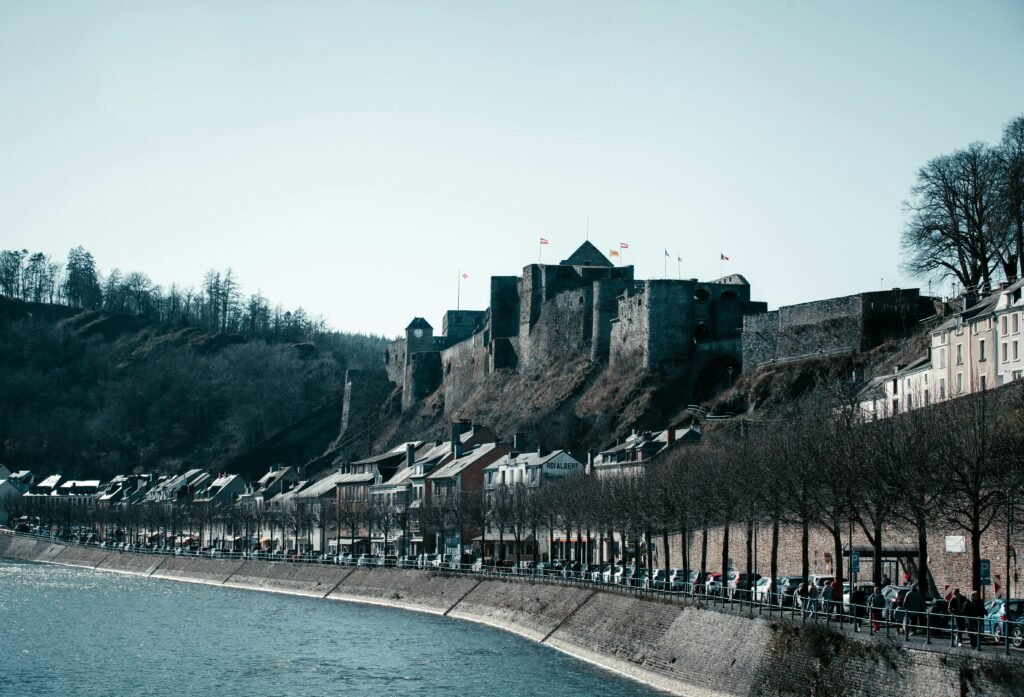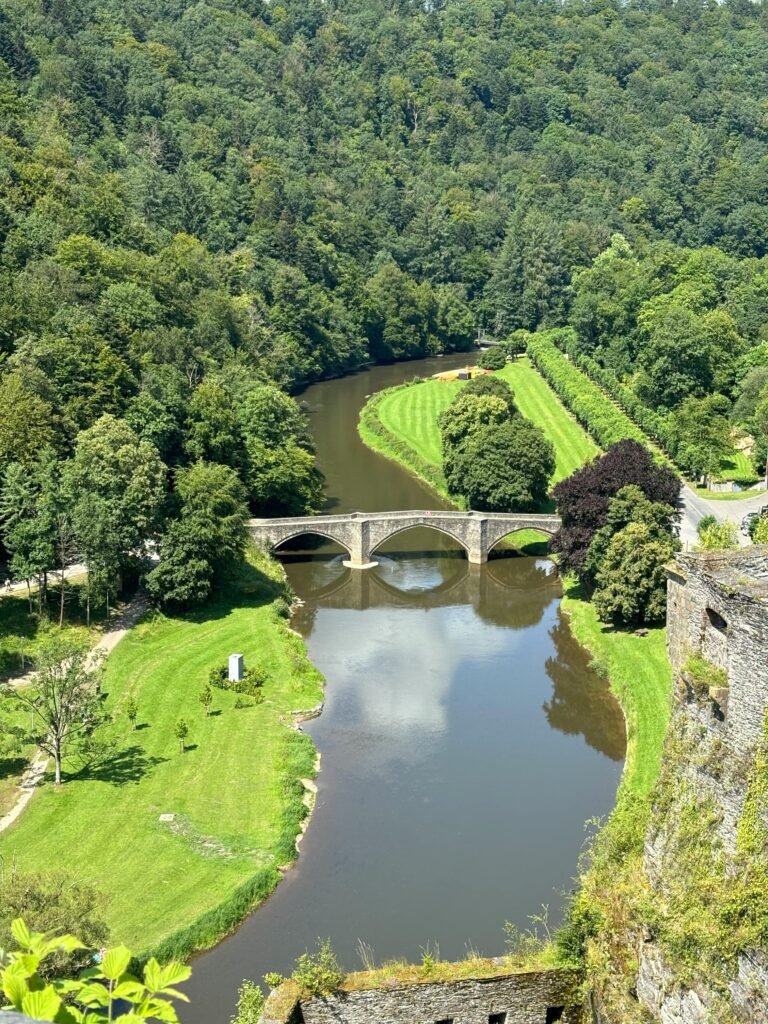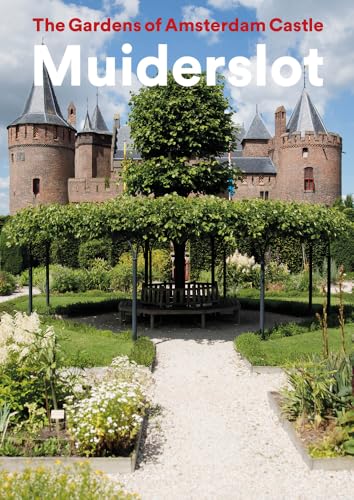Introduction to Belgium’s Castles
Belgium, a country rich in history and culture, is home to an array of enchanting castles that reflect its fascinating past. These magnificent structures, often set against picturesque landscapes, are not merely architectural wonders; they serve as remnants of Belgium’s diverse historical narrative. From medieval fortifications to opulent residences, castles in Belgium showcase an intriguing blend of styles, each representing different eras and influences in the nation’s development.

The significance of these castles extends beyond their aesthetic appeal. Many of them played pivotal roles during historical events and periods, serving as battlegrounds, royal residences, and centers of power. This historical relevance affords visitors an opportunity not only to admire their beauty but also to immerse themselves in the stories that shaped Belgium’s history. The architectural diversity found in these structures is particularly noteworthy, ranging from the robust, defensive designs of medieval castles, such as Gravensteen, to the graceful elegance of later constructions like Gaasbeek Castle, which reflect the changing tastes and styles of different periods.
Cultural importance also lies in the way these castles embody the traditions and heritage of the regions they inhabit. Each castle provides insight into the lifestyle and customs of the nobility who once resided within their walls, offering visitors a glimpse into the opulence and intricacies of aristocratic life. Additionally, many castles are surrounded by lush gardens, intricate moats, and expansive grounds, enhancing their allure and providing a tranquil environment for exploration.
As we delve deeper into the realm of Belgium’s castles, we will explore five notable examples that epitomize the country’s rich heritage and architectural splendor. Each of these castles has its own unique story to tell, making them essential stops for any traveler eager to understand the intricate tapestry of Belgium’s past.
Gravensteen: The Castle of the Counts
Gravensteen, known as the Castle of the Counts, is a historically significant fortress situated in the heart of Ghent, Belgium. Its origins date back to the 12th century, when it was constructed under the instruction of Count Philip of Alsace. This castle served not only as a residence for the counts of Flanders but also as a stronghold and seat of justice throughout the region. With its imposing walls and distinctive turrets, Gravensteen remains a fine example of medieval architecture and reflects the strategic importance of Ghent during the Middle Ages.

One of the most striking features of Gravensteen is its robust stone structure, which has stood the test of time. The castle’s walls, crafted from local limestone, dominate the skyline of Ghent, creating a formidable presence that harkens back to its original purpose as a military fortress. Visitors to the castle can admire various architectural elements, such as the moat that encircles the castle, the drawbridge, and the imposing gatehouse, each contributing to the overall grandeur of the site. Throughout its history, Gravensteen has witnessed numerous significant events, including shifts in power and the legal proceedings that took place within its walls.
Over the centuries, Gravensteen has undergone various transformations. After serving its primary purpose as the count’s residence, the castle fell into disrepair and was utilized for different purposes, including a wool factory. In the 19th century, efforts were made to restore the castle to its former glory, resulting in its current status as a symbol of Ghent’s rich heritage. Today, Gravensteen functions as a museum, inviting visitors to explore its history and architecture while immersing themselves in the captivating tales of the counts who once called it home. The castle remains a must-visit destination for anyone wishing to delve into the historical narrative of Belgium and its influential figures.
Castle of Bouillon: A Medieval Marvel
The Castle of Bouillon, perched majestically above the Semois River in the Ardennes region, is a significant historical landmark that dates back to the 10th century. This medieval marvel serves as a testament to the architectural prowess and strategic importance of castles during the Middle Ages. Recognized for its robustness and strategic positioning, the castle played a crucial role during the Crusades. Commanding views of the surrounding landscape, it offered a vantage point that was essential for defense and regional control, making it a critical stronghold for the noble families of the time.

A notable figure associated with the Castle of Bouillon is Godfrey of Bouillon, a prominent leader during the First Crusade. As a knight and a warrior, his legacy is deeply intertwined with the castle, which he captured and turned into a formidable fortress. Godfrey’s valor and leadership not only enhanced the castle’s prominence but also contributed to its storied past, as many tales of his exploits during the crusades have been passed down through generations. This historical connection adds to the castle’s allure, drawing history enthusiasts and tourists alike.
The architectural design of the Castle of Bouillon is equally captivating, characterized by its towering walls, impressive towers, and a well-preserved keep. Visitors can explore its grounds and marvel at the fortifications that have withstood the test of time. Additionally, the surrounding natural beauty of the Ardennes adds to the castle’s charm, with lush forests and rolling hills framing its picturesque silhouette. This scenic backdrop not only enhances the visitors’ experience but also positions the Castle of Bouillon as a prime location for photography and leisure. Overall, the castle seamlessly blends history and natural beauty, making it an essential stop for anyone traversing Belgium.
Hallerbos Castle: A Fairy-Tale Setting
Nestled amid the vibrant bluebell woods of Hallerbos, Hallerbos Castle presents a scene that resembles a fairy-tale illustration. This stunning castle, primarily constructed in the 20th century, is a blend of Gothic Revival and neo-Renaissance architectural styles, featuring ornate turrets and intricate facades that capture the essence of romantic architecture. Its remarkable design evokes a sense of nostalgia, making it a perfect subject for photography and leisurely exploration.
The rich history of Hallerbos Castle is marked by its strategic significance and its transformation into a private residence. Originally established as a noble dwelling, the castle has witnessed numerous changes in ownership and restorations, contributing to its character. Visitors are often enchanted by the castle’s picturesque gardens, which are meticulously maintained and invite guests to wander through their diverse flora. The adjacent Hallerbos forest is particularly famous for its breathtaking display of bluebells that bloom each spring, creating a mesmerizing carpet of blue that draws nature lovers from afar.
For those planning a visit, spring is undoubtedly the best time to experience Hallerbos Castle and its surroundings. During this season, the bluebell woods come alive, providing a dazzling backdrop for peaceful walks. A stroll along the walking paths allows visitors to immerse themselves in the striking beauty of the woodland and the vibrant flora that flourish during this period. It is advisable to wear comfortable shoes and plan visits during weekdays to avoid larger crowds that typically gather on weekends. Furthermore, the ideal time for observing the bluebells typically falls around mid-April to early May, providing ample opportunity for guests to admire this natural spectacle while absorbing the enchanting ambiance of Hallerbos Castle.
Gaasbeek Castle: A Journey Through Time
Gaasbeek Castle, nestled in the picturesque landscape of Flemish Brabant, is an emblem of Belgium’s rich history, showcasing an evolution from a formidable 13th-century fortress to a lavish noble residence. Initially constructed to provide protection during the tumultuous feudal times, the castle stands as a testament to the architectural advancements and influences of various periods. Its strategic position was pivotal in defending the surrounding area, but with time, it transformed into a symbol of wealth and aristocratic culture.
The castle underwent significant renovations in the 19th century, particularly under the direction of the renowned architect, Eugène de Bary. His vision led to the creation of a strikingly opulent interior adorned with intricate artistic elements that reflect the grandeur of historical Belgium. Visitors can admire the ornate ceilings, exquisite chandeliers, and splendid decor that characterize the grand rooms, which echo tales of its noble inhabitants. It is said that the castle was once home to several noble families, each adding their distinct touch to its evolving narrative.
Beyond the majestic architecture, the extensive gardens of Gaasbeek Castle are equally captivating. Designed in the style of an English landscape garden, the grounds encapsulate the romantic charm of nature, offering a serene escape for visitors. The carefully curated pathways and vibrant flora make it a perfect location for leisurely strolls and relaxation amidst historical contexts. The gardens are not only a delight to the eyes but also serve as a backdrop for various cultural events and exhibitions held throughout the year.
Gaasbeek Castle regularly hosts exhibitions and cultural events that celebrate the arts and history of the region. These events provide unique insights into the lives of the noble families who resided there, allowing visitors to engage with the rich narratives woven through the castle’s walls. Such experiences ensure Gaasbeek Castle remains a vibrant part of Belgium’s cultural landscape, beckoning visitors to explore and immerse themselves in history.
Gravensteen vs. Bouillon: A Comparative Analysis
Belgium is home to numerous castles, two of which stand out for their historical significance and architectural uniqueness: Gravensteen and the Castle of Bouillon. Gravensteen, located in Ghent, showcases a distinctive medieval architectural style characterized by heavy stone walls, numerous towers, and a moat. Constructed in the late 12th century, this castle served as a residence for the Count of Flanders and later played a crucial role in local governance and justice, as evidenced by its historical links to the Inquisition.
In contrast, the Castle of Bouillon, dating back to the 10th century, embodies a more rugged, utilitarian design reflective of its purpose as a defensive stronghold. Situated atop a hill in the Luxembourg province, Bouillon was the stronghold of Godfrey of Bouillon, a key figure in the First Crusade. This castle’s strategic location provided a commanding view of the surrounding landscape, once allowing for heightened defense against potential invasions. The architectural style of Bouillon leans towards practicality, showcasing thick walls and narrow windows designed to withstand sieges.
Visitors to Gravensteen can expect a well-preserved structure featuring exhibits that delve into the castle’s storied past, including its role in the brutal practices of the Inquisition. Interactive displays and guided tours not only illuminate the castle’s architecture but also its function through various historical periods. Meanwhile, the experience at Bouillon is heavily influenced by its dramatic location and the breathtaking views it offers, alongside exhibitions related to the Crusade and its military history.
While both castles present unique narratives and experiences, their significance in Belgian history and contributions to the country’s architectural heritage position them as must-visit destinations. The contrast between Gravensteen’s imposing yet refined medieval design and Bouillon’s rough-hewn, defense-oriented architecture underscores the diverse historical tapestry of Belgium’s feudal past. Exploring both castles provides a comprehensive understanding of the evolution of fortifications in response to social and political changes throughout the centuries.
Exploring the Surroundings: Nature and Culture
Belgium is a country rich in history, and the surroundings of its majestic castles are no exception. When visiting landmarks such as Gravensteen and Gaasbeek, it is essential to explore the natural landscapes and cultural experiences that complement these imposing structures. Each castle is enveloped by parks and gardens that not only enhance their beauty but also offer visitors a chance to connect with nature.

For instance, the lush greenery surrounding Gravensteen invites visitors to enjoy tranquil walks along scenic paths, where they can marvel at the diverse flora and fauna native to the region. The nearby Citadel Park in Ghent adds to this experience with its wide meadows and shaded areas, perfect for relaxation and picnicking. Meanwhile, the exquisite gardens of Gaasbeek Castle showcase a blend of formal landscaping and natural beauty, making it a delightful spot to unwind after touring the castle itself.
Local folklore also plays an important role in enriching the experience of visiting these castles. Many tales and legends are deeply rooted in the regions surrounding these historical sites. Engaging with local guides can lead to enchanting stories from the past, adding a unique layer to the visit. Moreover, regional folklore often inspires various cultural festivals that take place throughout the year, allowing visitors to immerse themselves in the local traditions and community spirit.
No exploration would be complete without indulging in the regional cuisine. The areas around these castles are home to charming eateries and artisanal markets where one can savor local specialties. Whether it’s enjoying a hearty Flemish stew or sampling exquisite chocolates, the culinary delights enhance the overall experience and provide a taste of Belgian culture that lingers long after the visit.
Practical Tips for Castle Tours
Visiting castles in Belgium offers a unique glimpse into the rich history and architectural grandeur of the region. To enhance your experience and make the most of your visits, consider the following practical tips regarding opening hours, entrance fees, guided tours, and transportation options.
Firstly, it is essential to check the opening hours of each castle before planning your visit, as they may vary throughout the year. Many castles have different schedules for weekdays and weekends, with some closed on specific days. Typically, summer months see extended hours, making them ideal times for exploration. Additionally, note that some castles may only allow visitors to enter as part of a guided tour, while others offer self-guided options. It is advisable to book guided tours in advance, especially during peak tourist seasons when they tend to fill quickly.
Entrance fees can differ significantly from one castle to another. Some might offer reduced rates for students, seniors, or groups, while others have special family packages. Always check the castle’s official website for the most accurate information regarding pricing and discounts.
Visiting during weekdays rather than weekends can provide a more serene experience, as weekends tend to draw larger crowds. Early mornings right when the castle opens may also offer the best conditions for photography and a less hurried experience.
Transportation is another important factor to consider. Many castles are accessible by public transport, including buses and trains. Researching the best routes ahead of time will make your journey smoother. For those who prefer driving, ensure that you are aware of available parking options near the castles.
Finally, be on the lookout for special events that may coincide with your visit, as many castles host festivals, reenactments, or exhibitions throughout the year. These events can greatly enrich your experience, offering a deeper insight into the cultural significance of the castle and its historical context.
Conclusion: The Legacy of Belgium’s Castles
The castles of Belgium stand as testament to the country’s rich and intricate history, embodying centuries of architectural innovation and social evolution. This European nation is home to a diverse array of castles, each narrating its own story intertwined with the broader historical context of the region. From the imposing Gravensteen in Ghent, with its storied past and formidable structure, to the serene Gaasbeek Castle, reflecting the tastes and lifestyles of the aristocracy, these fortifications reveal much about the political and cultural shifts over time.
Visitors to these architectural treasures are often captivated not only by their grand designs but also by the unique experiences each site offers. Many castles host exhibitions, historical reenactments, and guided tours that allow guests to immerse themselves in the personal anecdotes and legends associated with these iconic structures. The opportunity to wander through their halls and gardens invites an appreciation for the craftsmanship and strategic planning evident in their construction, while also amplifying awareness of the socio-political dynamics that shaped their existence.
Beyond their historical significance, these castles contribute significantly to the cultural tapestry of Belgium, serving as venues for art exhibitions, weddings, and community events. They foster a sense of pride among locals and inspire awe within visitors, bridging the gap between the past and the present. As travelers seek to understand Belgium’s multifaceted identity, engaging with its castles plays a critical role in this exploration. Ultimately, the enduring legacy of Belgium’s castles is not only a reflection of the nation’s history but also an invitation to experience its enduring charm and rich heritage.






